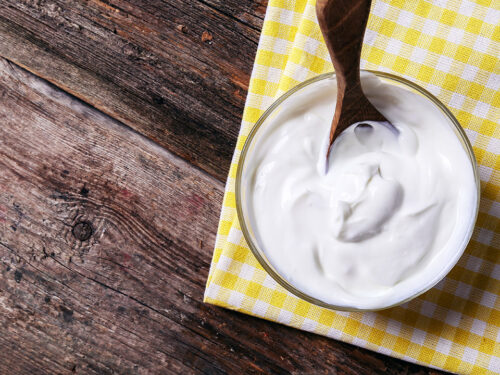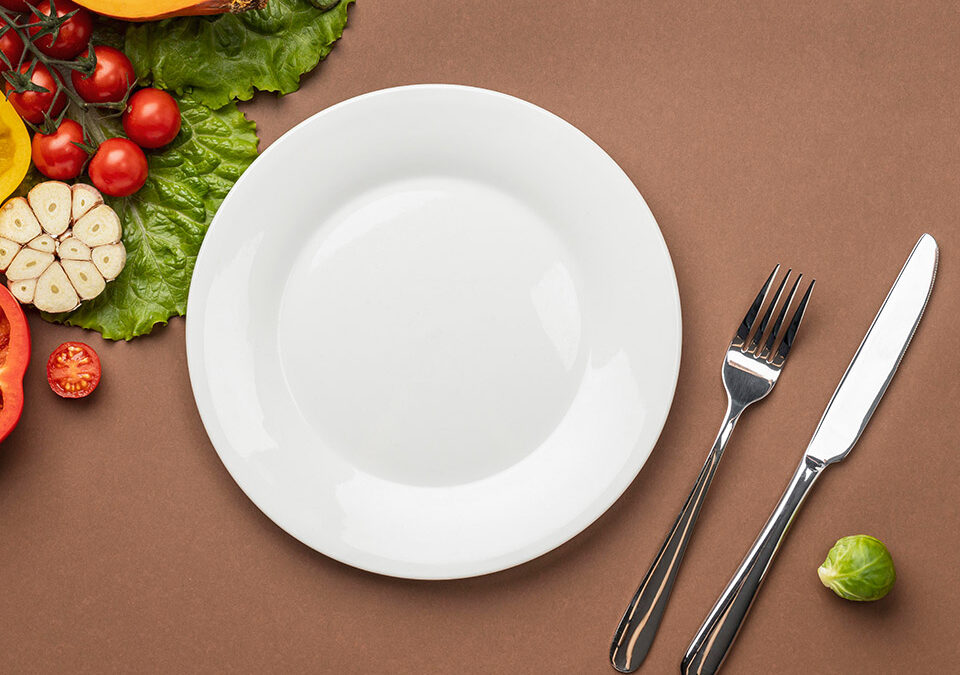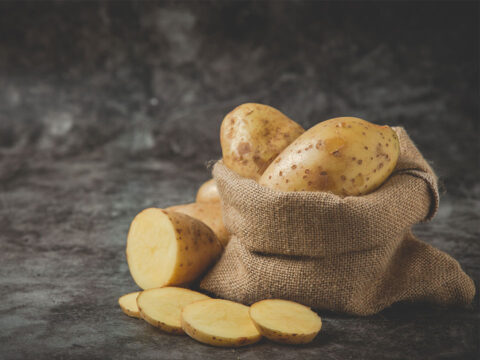
How To Stay Motivated When You Start Feeling Low?
July 21, 2021
How You Can Support A Loved One Diagnosed With Prediabetes Or Diabetes
July 21, 2021What Is the Diabetes Plate Method And How To Get Started?
One of the most significant components of diabetes management is diet planning. However, it might get extremely tiring and confusing to decide what to eat and how much to eat every day. In this case, the plate method comes in very useful.
The diabetes plate method is a simple method to plan meals with healthy and nutritious food that aid you in diabetes management. This guide puts a mix of everything that your body requires to stay healthy while also ensuring taste and flavours. This method also keeps your plate colourful and visually appealing, making eating a happy experience. The best part about planning your meals with the plate method is that you don’t need to calculate and measure your portions. It makes diabetes meal-planning much more stress-free.
What Is The Importance Of The Plate Method For Diabetes?
In diabetes, it is extremely important to reduce the quantity of carbohydrate-rich foods and increase the intake of non-starchy vegetables and fruits. However, even carbohydrates are essential for the body. The plate method helps to fix this problem by allocating a portion to all the necessary nutrients. It helps to keep blood sugar levels in control while also giving all the essential nutrients to the body.
How To Get Started With The Diabetes Plate Method?
The diabetes plate method is a very simple and stress-free guide to meal planning. The first step to start with the plate method is choosing the plate. A 9-inch dinner plate is usually the perfect option. It is reasonably sized and lets you determine your portions in the perfect ratio. Now let’s understand how to allocate our food according to the appropriate portions.
Non-Starchy Vegetables:

Fill half or 50% of your plate with non-starchy vegetables and fruits. Non-starchy vegetables have lower levels of carbohydrates, making them a perfect addition to a diabetes diet. They are also highly rich in minerals, vitamins and fibre, making them very important to stay healthy. As they are the most important parts of the diabetes meal, you must fill half of your plate with them. Some examples of non-starchy vegetables that you can include in your meals are broccoli, cabbage, cucumber, celery, kale, mushrooms, okra, bell pepper, lettuce, spinach, zucchini, tomatoes, eggplant and carrot. Mostly all leafy greens and salad greens are non-starchy vegetables and can be eaten by diabetes patients.
You may also mix a small portion of fruits in this category such as a small apple or a medium-sized banana. Some more examples of food that you may include are apricots, avocados, peaches and berries.
Lean Protein Food:
Fill one-quarter or about 25% of your plate with foods rich in proteins. Proteins are very important to maintain the metabolic function of the body. However, a high protein diet may also elevate the risk of cardiovascular diseases as they contain saturated fat. Therefore, it is advised to eat lean protein foods. Both plant-based and animal-based protein options are healthy for diabetics.
Some of the best options of animal-based protein are chicken, turkey, eggs, cheese, cottage cheese, shrimp, lobsters and fish rich in omega-3 fatty acids such as sardines and salmon. There are also some great options for plant-based proteins such as beans, hummus, lentils, peas, soy nuts and tofu.
Carbohydrate Foods:

Fill one-quarter or about 25% of your plate with carbohydrates. Carbohydrates are necessary to provide energy to the body. However, they have the most substantial impact on blood sugar levels. Hence, you have to choose healthier options of fat and carbohydrates and reduce their portion to just 25%.
Some of the carbohydrates that do not raise your blood sugar levels too high are:
Whole grains such as brown rice, granola and quinoa
Starchy vegetables such as potatoes and pumpkins
Dairy products such as milk and yoghurt
Water Or Low-Calorie Drink:

Water is the best choice as it does not contain any calories. Therefore, it does not have any effect on the blood sugar levels of the body. However, if you want to include some other drink in your meal, there are many other options for 0-calorie drinks such as sparkling water, unsweetened tea and unsweetened coffee.
How Do You Follow The Diabetes Plate Method In Combination Foods?
Many foods such as pizza and lasagna have a lot of ingredients in them, making them a mix of all three categories. Allocating them can be a little confusing as you have to understand the characteristics of each ingredient and the space taken by them.
For example, in the case of pizza, the crust is a carbohydrate, vegetable toppings are non-starchy vegetables and meat is the protein component. Therefore, you may choose a thin crust to reduce carbohydrates, increase the number of vegetable toppings and substitute meats with just one slice of any lean meat option. In the case of combination food, try to take only a smaller quantity such as 1-2 slices of pizza. Include with it a side salad or half plate of non-starchy vegetables and fruits to keep the balance.
What Are Some Indian Meal Ideas For The Diabetes Plate Method?
For the portion of proteins, you may include dal, sprouts, paneer and curd.
For carbohydrates, you may have chapati, rice, pulao, biryani and potatoes.
For the portion of non-starchy vegetables, you may include a mix of salads, raw vegetables and any cooked vegetables.
Reference Links:
- https://www.cdc.gov/diabetes/managing/eat-well/meal-plan-method.html
- https://www.diabetesfoodhub.org/articles/create-your-plate-simplify-meal-planning-with-the-plate-method.html
- https://www.bmc.org/diabetes/plate-method-diabetes
- https://diabetesfoundationinc.org/the-plate-method/
- http://archives.diabetesforecast.org/2015/adm/diabetes-plate-method/what-is-the-plate-method.html
- https://www.diabetes.org/healthy-living/recipes-nutrition/eating-well/protein
- https://www.diabetes.org/healthy-living/recipes-nutrition/eating-well
- https://www.diabetesfoodhub.org/articles/what-is-the-diabetes-plate-method.html





